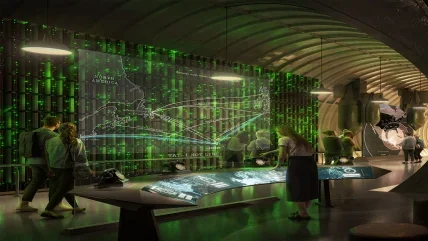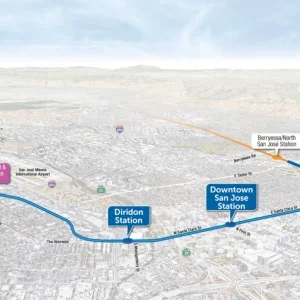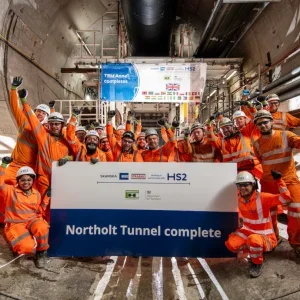
London Tunnels, a group of investment specialists, will submit a planning application for the project in November. The project team includes architectural practice WilkinsonEyre and WSP.
The Kingsway Exchange Tunnels in central London are 7.6m in diameter and cover an area of 8,000m2.
After the second world war the tunnels were home to the Special Operations Executive, an offshoot of MI6, the real-life location that inspired ‘Q Branch’ in Ian Fleming’s James Bond novels, where the author was the Admiralty’s liaison officer.
At the start of the Cold War the government enlarged the tunnels to serve as a secure and secret long-distance telephone exchange. The site operated the first Transatlantic telephone cable, TAT1, which was later the ‘hotline’ between Moscow and Washington during the Cuban Missile Crisis. Much of the original equipment will be retained.
When in operation, the Kingsway Exchange accommodated up to 200 staff, supported by self-contained water and air conditioning systems, along with the “deepest licensed bar” in London, a restaurant with mock windows and a recreational room with snooker tables. By the late 1980s, telecommunication technology had advanced and the tunnels’ telephone centre became obsolete and was decommissioned.
London Tunnels has undertaken detailed digital mapping to capture the site as it was left when it was last occupied in the late 20th century.
Subject to planning approval, the vision is to bring to life the history of the tunnels by installing high-resolution large-scale curved immersive screens, together with interactive structures, scent-emitting technology and hundreds of individual acoustic pinpoint speakers.
With an operational capacity of two million visitors per year, the tunnels could also host different experiences in partnership with major entertainment businesses, artists, performers and curators.







